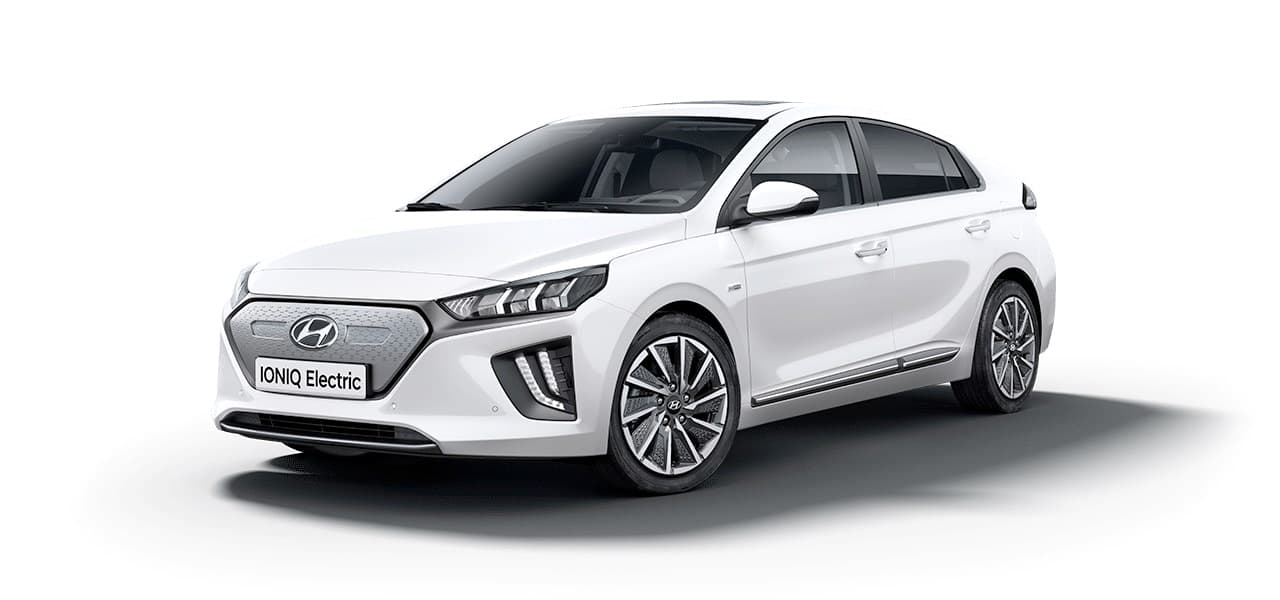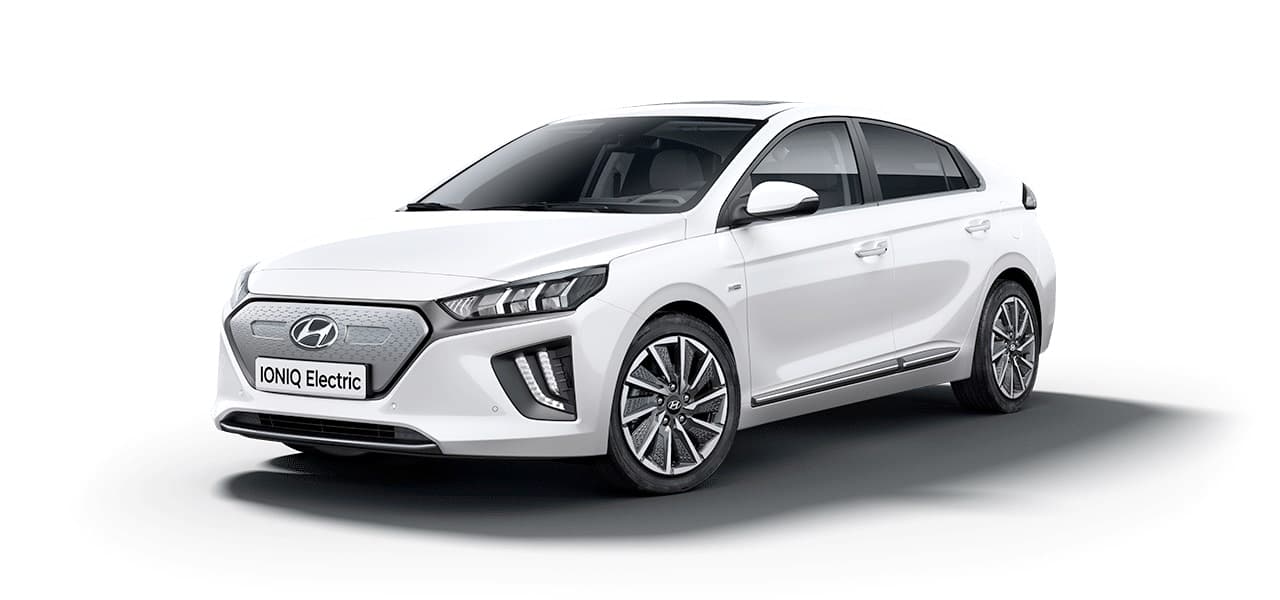Hyundai IONIQ

Range (WLTP)
200 - 311 km
Battery Size
30.5 - 40.4 kWh
Variants
The first generation of the fully electric Ioniq can be distinguished by its smaller 28 kWh battery and lower power (88 kW) than the later model.
Performance
0-100 km/h
9.9 sTotal Power
88 kWTorque
295 NmTop Speed
165 km/hDrive
FWDRange & Efficiency
WLTP Range
200 kmWLTP Consumption
138 Wh/kmHighway Range
156 kmYour Real Range
Calculate Battery & Charging
Battery (nominal)
30.5 kWhBattery (usable)
28 kWhBattery type
NMCAC Charging
6.6 kWDC Charging
69 kWVehicle-to-Load (V2L)
NoDimensions & Weight
Length
4470 mmWidth
1820 mmHeight
1460 mmGround Clearance
142 mmWeight
1495 kgShape
Small SedanSeats
5Storage & Towing
Boot Space
350 LBoot Space (Max)
—Frunk
—Towing (Braked)
—Towing (Unbraked)
—How many Hyundai IONIQ have been sold in NZ?
There have been 1,759 registered to date (including 13 used imports).
Hyundai IONIQ registrations
Monthly units (includes new and used import)

